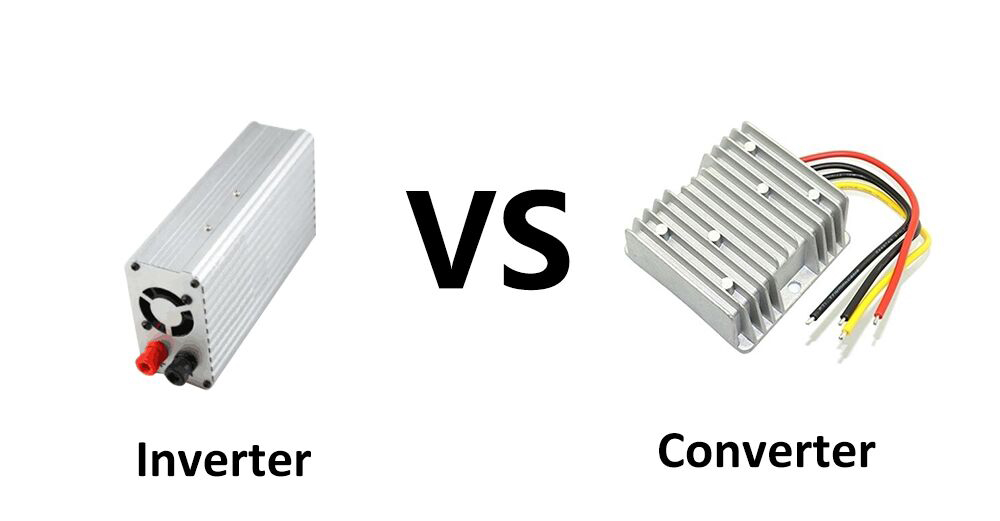Introduction of inverters
Inverters are typical components in power electronics and have been used in a wide range of scenarios from industrial applications to consumer applications. Inverters can generate AC power of any frequency from a DC source and provide current and voltage suitable for the electronic devices used.
The most commonly used device for inverters is the motor. Usually, commercial power is provided by AC power, but generally electronic circuits are driven by stable DC power. However, there are DC-driven and AC-driven motors, each with its own advantages, but inverters play an active role in AC-driven motors. AC drive motors are commonly used in household appliances because of their simple structure and durability. However, the motor alone cannot control the number of revolutions. Therefore, by using an inverter to generate an arbitrary frequency, the motor can be operated at the desired rotational speed.
In addition to motors, there are many scenarios where DC power is converted to AC power. For example, DC power stored in the sun will be converted to AC power for home use. The question may also arise here, “Why bother with AC when the electronics are often driven by DC?” This is because the disadvantage of DC is that the conversion voltage is more expensive than AC. Directing DC voltages to electronic devices that require more energy than they do can lead to energy loss and increased equipment burden. Therefore, by using an inverter to convert it to any AC voltage, the proper amount of energy can be consumed.
The disadvantage of inverters is that they tend to generate noise due to their operating principle. If noise is introduced, it may be difficult to connect equipment or may cause malfunction. Therefore, the inverter will take noise countermeasures such as wiring separation and installation of noise filters.

Introduction of converters
DC-DC converter, which converts the information from the source for a certain purpose. The matrix converter is a new type of AC-AC power converter. Compared with the traditional DC converter, it has the following advantages: no intermediate DC storage link is required; capable of four-quadrant operation; excellent input current waveform and output voltage waveform; freely controllable power factor. Matrix converter has become one of the hot spots of power electronics research and has a wide range of application prospects.
The characteristics of DC-DC converters require large capacity, high switching frequency, power devices with bidirectional blocking capability and self-shutdown capability, while the complexity of the control scheme requires a microprocessor with fast processing capability as the control unit, which is difficult to achieve with the early semiconductor process and technology level. The continuous emergence of devices such as BJT, IGBT, etc. has driven the research on control strategies for matrix converters.
Inverter is the conversion of DC energy (battery, storage battery) into AC power (generally 220V, 50Hz sine wave). It consists of inverter bridge, control logic and filter circuit. It is widely used in air conditioners, home theaters, electric sanders, power tools, sewing machines, DVD, VCD, computers, TVs, washing machines, range hoods, refrigerators, VCR, messengers, fans, lighting, etc. In foreign countries, because of the high prevalence of cars, you can use the inverter to connect the battery to drive electrical appliances and various tools to work when you go out to work or travel.